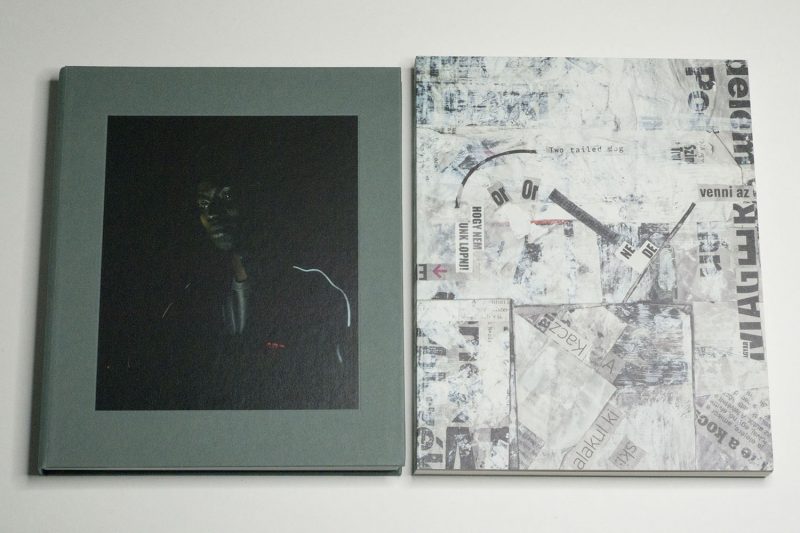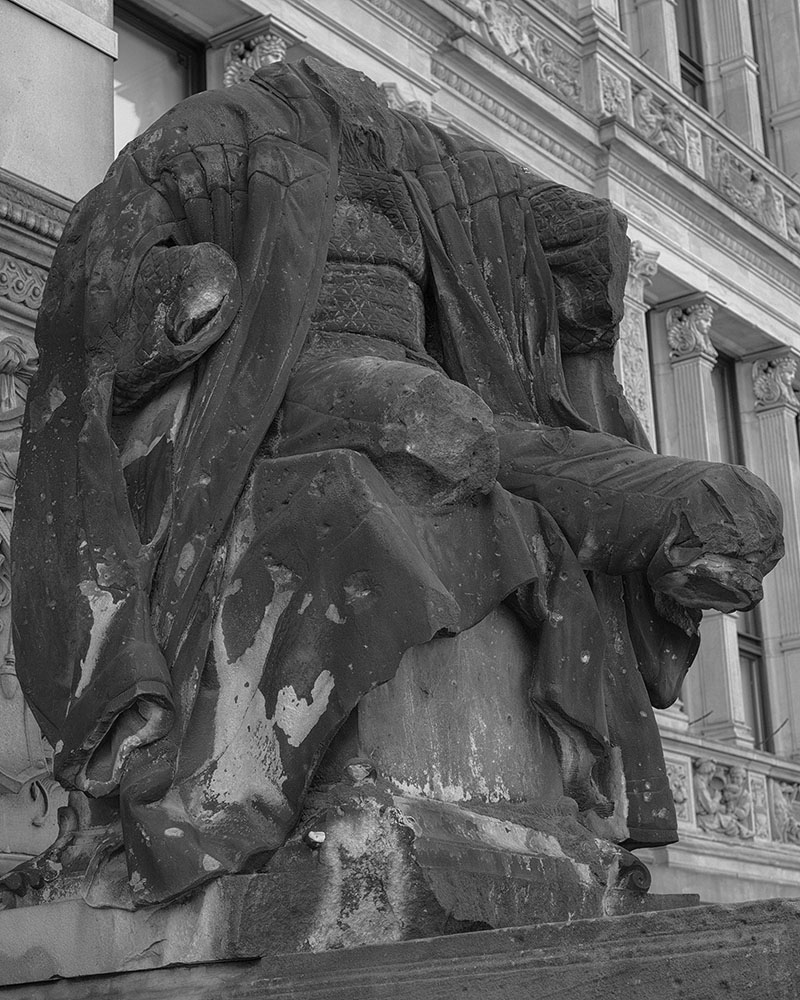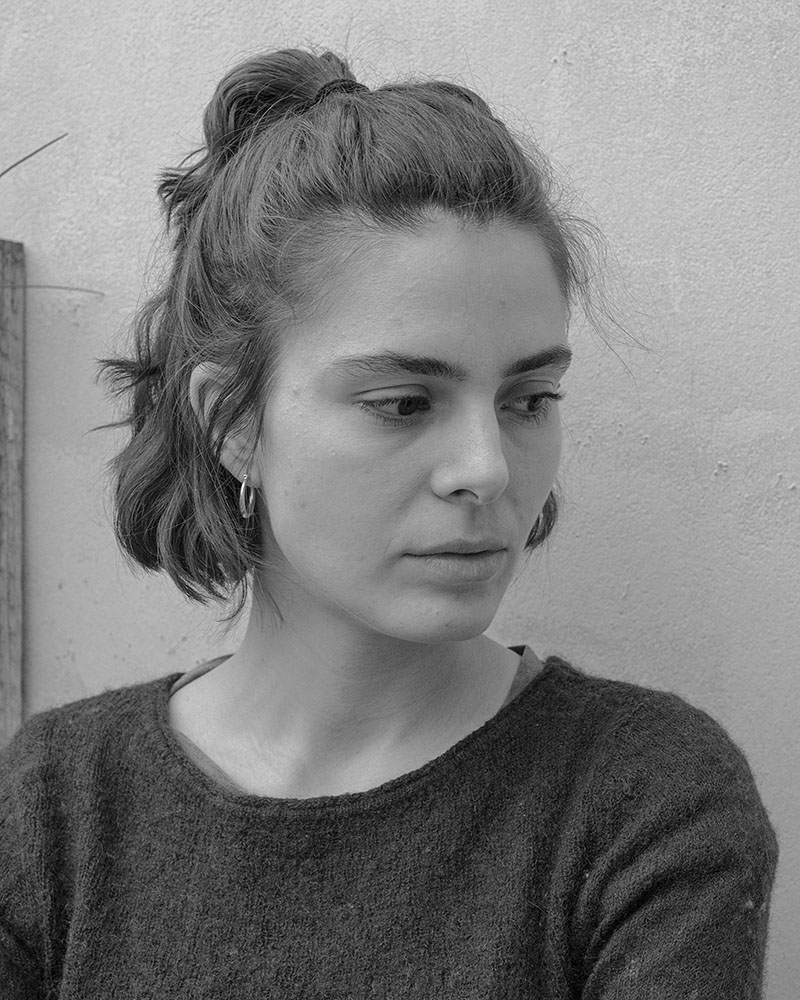The dominant Western model for creation in the field of visual arts is one that puts the individual front and center. According to this model, art, in whatever form, is created by a single person: the painter, the photographer, the print maker, the sculptor… An extreme form of this idea is provided by the artistic genius who, we are led to believe, creates her or his work out of thin air, through a combination of incredibly talent, hard work, and an outstanding personality.
In reality, making art is not that simple, and the history of art cannot be told simply as a succession of such geniuses. To begin with, many artists relied or rely on a larger number of helpers that work in their workshops or studios. However, in a world focused on artistic genius such approaches to art making will get folded into the general narrative. For example, whole legions of art historians now work on determining whether a painting was in fact produced by some famous artist or by someone in the workshop. In the contemporary art market, an artist might have never touched a piece of art in question, but it still is attributed to them (and not to the usually underpaid and anonymous minion responsible for its creation).
This approach neatly ties in with capitalism, which has resulted in an elaborate set of rules and laws to make sure the genius artist can legally defend her or his work, regardless of whether or not it was actually made by her or him. The topic of plagiarism, for example, almost always comes down to determining whose copyright was violated, who, in other words, stole something from whom. In fact, the idea of plagiarism itself also rests on the model of one artist being the sole creator of a piece of art.
Perhaps because it is such a technical and relatively new medium, photography has internalised these ideas to a very large degree. The history of photography is told as the succession of a few eras — some more arbitrarily defined than others — each of which was triggered and/or dominated by a very small number of practitioners.
When during the era of postmodernism a number of artists began to subvert some of these ideas, there quickly was an intellectual mechanism created that cemented the status of the single artist. Appropriation was seen not as a sharing of authorship — something that intellectual property rights have no easy way of dealing with, but as one author creating something that is uniquely their own out of some other author’s visuals. This approach works well for the economic interests in the background — large galleries that profit from an appropriator making money off someone else’s work; but in a legal sense, it can lead to some very, very iffy outcomes (just look at the various famous lawsuits in the world of art, many of them involving Richard Prince).
That all said, the idea that an artist pulls something out of thin air is actually very, very unlikely. Art historians have done a good job at connecting pieces of art to earlier pieces of art. In much the same fashion, contemporary artists are usually very adept at describing their work in a way that acknowledges some influences, while making sure that these influences do not overshadow their own contribution.
As Roland Barthes noted, the traditional approach to authorship is flawed. For example, we almost never have access to an artist’s intentions, ideas, or biography. So, he argued, isn’t it us readers or viewers who create the meaning of a piece of art? There’s much to be said for this approach to art — unless, of course, you’re an artist or someone selling art, in which case you want to retain the Deutungshoheit over what’s on view (Deutungshoheit is such a beautiful German word, translated here as either “interpretational sovereignty” or “prerogative of interpretation” — so many characters in such complicated words for such a simple German word!).
I like Barthes’ idea, but I don’t think it goes far enough. In his relationship between a piece of art and its reception by an audience, the arrow points only in one direction: the piece of art exists, and its reception is then contingent on its existence. That makes a lot of sense for most pieces of art, especially those who were created a long time ago, before we — the contemporary audience — were alive.
What about today’s art, though? In particular what about today’s photographs?
If we were to approach the problem using a Gedankenexperiment (another beautiful German word that has already made it into English), we might ask what the inversion of that arrow would look like. As it turns out, our Gedankenexperiment already is a reality.
In fact, ever since photography has become the visual currency of social media, the vast majority of photographs is produced in a way that essentially subverts what we could call the classical model of authorship, in which a single author creates something based on mostly her or his ideas.
I want to call these pictures “social photographs.” In essence, we take social photographs not despite the fact that everybody else takes them, but because we all take them. None of the considerations that might guide artists apply to social photographs. Social photographs are obviously not original at all — how original is a photograph of a sunset? In fact, social photographs are not even being taken for their own sake — to have a photograph. Instead, they are being taken because to do so means participation in a larger, agreed-upon setting.
For example, when we travel we take social photographs of sites that are part of the larger social canon. A trip to Paris, for example, would be incomplete without a photo of the Eiffel Tower, much like a visit to the Louvre would be incomplete without a picture of the Mona Lisa (or actually the crowds around it — because that is the event, not the painting).
In a legal sense, when I take a picture of the Eiffel Tower, it is still my photograph. It is a unique photo, regardless of how much it might resemble thousands of other pictures. But to approach my Eiffel Tower photo this way is a pointless exercise. I am actually not the author of the photograph, much like none of the other people who take a picture of the Eiffel Tower are their authors. Instead, we share a collective authorship.
This collective authorship is completely at odds with standard ideas of what it means to be an author. My photo of the Eiffel Tower exists because I took it, knowing that by taking it I allow myself to become a part of a larger group of people. In other words, my taking of the picture is a social act. By construction, social acts do not rely on exclusivity. In fact, exclusivity or creative genius is completely at odds with social acts.
Social acts rely on people doing things based on the situations they’re in. They’re not fixed, but they’re agreed upon. For example, once the pandemic hit and people realized that shaking hands when greeting each other would run counter best medical practices, elbow touching became a thing.
I’ve never met someone who uses the handshake because that’s an activity they really enjoy (there might be such people). It’s just something you do, much like how in certain countries you hug or bow or exchange a kiss (or more) on the cheek(s) etc.
What this means is that to approach social photographs as if they were pictures created by artists is completely misguided. Such an approach can only lead to the absurd ideas and theses that are promoted in photoland when photos of sunsets or selfies are discussed. The dismissal of the selfie as a narcissistic exercise only shows how far removed from the lived experience of people’s lives large parts of photoland actually are.
People take social photographs because that’s what you do. A very obvious consequence of this fact is that social photographs are being shared. But neither the photographs nor their sharing actually matters all that much. It’s just what you do. When you photograph a sunset and put the picture on Instagram what you really do is to partake in the experience of what it means to be alive as a human being. This is not to say that you need to take such pictures. But when you can and you do it, then that’s being part of the human condition.
Who, after all, does not admire a beautiful sunset? (If you don’t, you might want to discuss this with your therapist.) Who does not enjoy the experience of being at a concert or on a trip that you’ve been looking forward to for so long?
Our social photographs have their predecessors in picture postcards. I’m old enough to remember that not so long ago, going on vacation almost inevitably included buying postcards and sending them to friends and family. Of course, you would pick the postcard(s) you liked the most — out of a selection that offered the very same motifs. Photographically, those postcards weren’t that great. Often, the colours were radioactive, and there were all kinds of goofy design elements added to them. But you wouldn’t buy a postcard for the photography; you’d buy it to send it, with a few short notes added. Even those notes often weren’t particularly memorable. The point was to send the postcard to a friend or family member because that was part of being on vacation as a member of a social group.
As I noted, there are many other social acts that we somehow have agreed upon, whether it’s shaking hands, kissing under a mistletoe, saying “Happy Birthday” on certain days, or saying “Gesundheit” when someone sneezes. Photography has simply become a part of the social activities we are engaged in.
Nobody is forced to participate. You don’t have to take a picture of a sunset, much like you don’t have to shake hands or kiss under a mistletoe. It’s up to you.
With social acts all ideas of originality or individual authorship go out of the window.
When I spoke of inverting the arrow in the relationship above, it is exactly the creation of something that we all already know what it looks like. In a Barthian sense, the meaning of social photographs is created by us viewers, but the actual meaning does not lie in the pictures. Instead, it lies in their making.
One last comment, with the above I’m not arguing that social photographs are necessarily profound. Many of the social acts we perform — someone’s sneezing: “Gesundheit!” — aren’t profound. Profundity is besides the point for social photographs. Or rather it’s not the pictures that are profound, it’s the social connections behind them.
As a consequence, the fact that we don’t look at most of the social photographs we end up with on our smartphones or computers is completely besides the point. In much the same fashion, we don’t dwell on the fact that we said “Gesundheit!” to a complete stranger when we heard her sneeze, and we don’t remember the handshakes or elbow bumps we used. The only thing that these photograph point at is the fact that we engaged with the world in a social fashion.
Consequently, social photographs do not devalue photography in any way. Instead, they show us that the act of photographing itself has become an integral part of our collective modern lives.
I’ve set up a tip jar. If you’ve enjoyed this article (or site), feel free to leave a tip to support my work. Thank you!
Also, there is a Mailing List. You can sign up here. If you follow the link, you can also see the growing archive. Emails arrive roughly every two weeks or so.

















